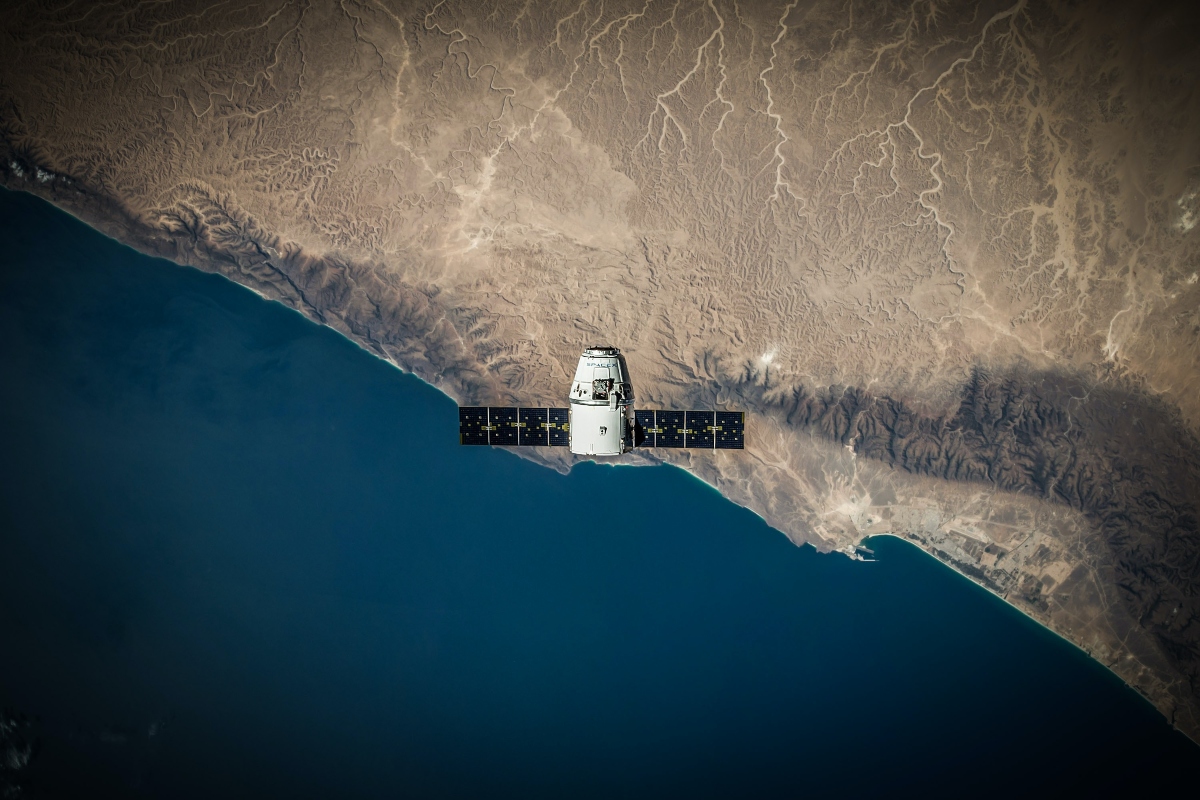With the growing importance and market growth of GPS asset trackers in different industries, it is no surprise that device designers are looking for perfect antenna solutions that suit their devices. Whether it be by reducing their size, improving their connectivity or enhancing their battery life, there are key factors that need to be considered when integrating GPS antennas into tracking solutions. But what are these factors, and how do they impact GPS tracking solutions and their applications?
Frequency band and connectivity
What is it?
Like any wireless technology, GPS and GNSS operate within specific frequency bands that dictate the overall connectivity of the device. Within GPS, there are three main carrier frequencies: L1 at 1575.42 MHz, L2 at 1227.60 MHz, and L5 at 1176.45 MHz. L1 was the first adopted band for GNSS communications that includes most satellite-communication devices due to its reliable connectivity. L2 is a lower frequency band than L1, which allows it to penetrate obstacles more effectively. L5 is the newest GNSS frequency band, boasting higher transmission power and improvements to system performance.
Why is it a key assessment factor for GPS trackers?
Choosing the right frequency band for GPS asset trackers is vital in establishing their overall performance. Based on the facts of each band, L2 and L5 seem to be the better choices. However, the infrastructure for these technologies is still far from being properly established. New GNSS frequency band infrastructure depends upon new satellites being launched, which take far longer than upgrading a cell tower for cellular technologies. Because of this, mainly dual-band technologies are widely available for these carrier frequencies, and even these are described as “pre-operational.”
For GPS asset trackers, L1 and dual-band technologies are both beneficial for different applications. Standard asset tracking applications will be able to operate effectively on L1 frequencies with reliable reception. Specific applications that face a range of obstacles, such as those travelling through wooded or densely built-up areas, will benefit more from the improved positioning capabilities of dual-band connectivity. The trade off, however, is it has limited availability until the infrastructure is fully up and running.
Size and form factor
What is it?
Size and form factor are integral factors that dictate many aspects of antenna integration. They refer to both the physical size of an antenna and the space it will take up on a device’s PCB or internal housing. Embedded chip antennas have only one radiator, and require a conductive ground plane that functions as a second radiator. This ground plane must be at least a quarter wavelength of their lowest frequency signal to function; if the ground plane is too short for the specific frequency band, the antenna will lose efficiency. This is what makes size and form factor a vital aspect of GPS antenna integration.
Why is it a key assessment factor for GPS asset trackers?
For a majority of GPS asset trackers, they need to be compact in size to both fit in hidden locations and save space for other components/equipment. A key example of this is cold-chain applications; asset trackers are placed in locations such as within packing pallets to provide constant tracking of sensitive products without affecting packaging quantity. Moreover, GPS trackers are hidden within equipment to provide security and reclamation possibilities for businesses with high-value assets. This balance of ground plane size and compact form factor requirement makes this factor a vital one.
Efficiency and battery life
What is it?
Efficiency is a priority integration factor for any antenna, not just GPS and GNSS receivers. It is the most important measure of antenna performance, and describes the portion of power that they actually radiate. In smaller devices (such as GPS asset trackers) and compact battery-powered devices, achieving highly efficient performance is integral in the longevity of the device. This is because antennas are prone to power losses, such as those caused by impedance mismatches and detuning from conductive materials placed nearby.
Why is it a key assessment factor for GPS asset trackers?
Power efficiency acts as the foundation for GPS asset trackers and is arguably the most important factor in integration. These devices need to be reliable around the clock, providing regular locational updates without the risk of running out of power. Due to the remote nature of GPS trackers and their compact applications, they need to be able to run for extended periods on a small battery. As a result, they need to be highly efficient or could otherwise jeopardise the quality of time/temperature sensitive products.
Find the perfect GPS antenna solution that takes all factors into account with Antenova
No matter your industry or application, the key factors of frequency band, form factor and efficiency are vital considerations when it comes to GPS antenna integration. You need a solution that not only balances these factors, but pushes them to their limit to get the most out of your asset tracking device.
Antenova’s GNSSNOVA range exhibits a low profile whilst raising the bar in performance and power consumption. They have surface mounting capabilities for simple pick-and-place integration, making them easy to integrate for mass production. Find out more about GNSS & GPS antennas, or contact a member of our team today to find the perfect solution for your asset tracking device.




